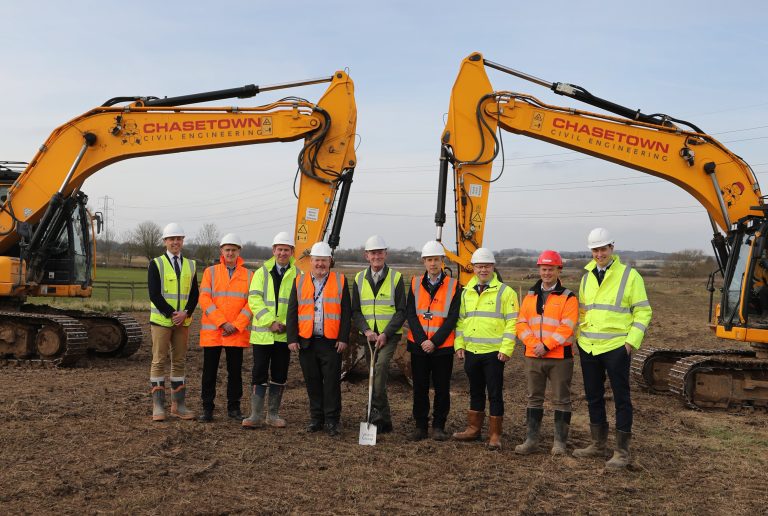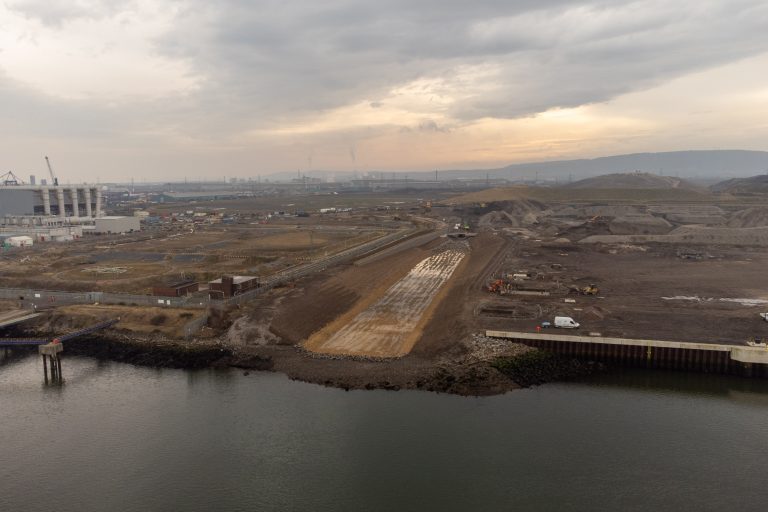Green buildings are among the pillars of modern environmental initiatives, and architects and contractors are looking for efficient and long-lasting materials. Silver, in most individuals’ thoughts, is normally associated with trinkets and money, yet it is unexpectedly critical in green building applications. Its properties range from energy-saving to natural antimicrobial, and it is a vital component of buildings of the future. Here are the reasons why silver is part of green buildings. Sustainable Sourcing and Recycling Potential Silver is a fascinating industrial material because it is recyclable and, therefore, does not have a strong demand for mining and extraction. It is used and reused again and again. Sustainable construction requires using materials that can, in principle, be repurposed or recovered at the end of a building’s lifespan; again, silver fits into this idea. Many companies source recycled silver from electronic waste, old jewelry, and even silver coins, which holds the idea of a circular economy for building materials. By including responsibly sourced Silver Maple Leaf bullion coins, developers will have an opportunity to contribute to efforts directed toward environmental conservation through the utilization of a resource that long since presented their acceptable sustainability attributes. The concept of recommending the reuse of some proportion of silver coins and silver bullion within architectural elements also helps raise awareness for the value of the metal beyond traditional applications. Superior Reflective Properties for Climate Control Silver has another unique quality that would work wonders for climate control solutions: reflective properties. In architectural coatings, silver has superior qualities because of its very high reflectivity. Silver coatings are typically used on windows, roof surfaces, and insulation systems to reduce heat absorption and keep the indoor temperature stable, enhancing autonomy from artificial heating and cooling. This means savings in energy, which can be significant in commercial and residential structures. With the global push for energy-efficient construction, incorporating silver into building materials regulates indoor environments: a more comfortable place to be and reduced energy costs. This is even more important in urban areas, where heat retention in buildings contributes to the urban heat island effect, making silver an asset in alleviating urban climate challenges as it contributes in some way towards moderating the expansion of climatic aggravations in urban centers. Water Filtration and Purification Systems Realizing water sustainability is a necessary element of any green building initiative. Incandescent silver has long been hailed for its aqueous antimicrobial activities, making it relatively rare and valuable in disinfection systems for water. Much of the advanced filtration technology employs silver ions and their bactericidal principles, clearing the drinking water of mammal microorganisms. Incorporating silver-based purification systems in eco-friendly in-built plumbing for residential and commercial spaces could provide better alternatives to chemical disinfectants that bring about harmful environmental impacts. Water conservation and hygiene are guaranteed through the implementation of silver Semiconductor filtration for use in buildings while minimizing pollution from chlorine-based treatment. Antimicrobial Surfaces for Healthier Buildings With excellent water filtration properties, these antimicrobial characteristics render silver a fitting material to be applied in contact with a hand, such as in door handles, countertops, and ventilation systems. Silver-coated materials are gaining traction in hospitals and commercial buildings because they prevent bacteria and viruses from spreading further and promote healthier indoor conditions. The modern built environment in sustainable architecture advocates not only for the environment but also for human life, and the application of silver in antimicrobial coatings goes hand in hand with building designs that favor hygiene. Loosely associated with those lofty ambitions is the hope that, in the long term, one would rely less on chemical cleaners, less on maintenance of a given building, and achieve better indoor air quality: the essence of sustainability in modern construction. Durability and Corrosion Resistance Sustainable construction ensures that the materials help buildings last longer as repair and replacement become infrequent. Silver is a superlative material with properties that resist corrosion and, therefore, can be well considered for electrical, plumbing fixtures, and coatings functioning in very adverse environments. The high conductivity and resistance to oxidation of silver have made it a material of preference in electrical wiring for long-lasting electrical systems. The longer an infrastructure inside the building remains operational, the lesser the overall damage inflicted on the environment, thereby requiring fewer resources for maintenance and replacements. Integration in Smart Building Technologies The rise of smart buildings will depend on several things in technology, such as silver, which will afford further technological innovation. For example, it comes within the sensors, wiring, and conductive inks that used intelligent energy grids and won such automated lighting and temperature controls. All of those augment energy efficiency by optimizing power usage with downgraded waste. Considering that the hottest opportunity for intelligent integration is based upon an expanding Internet of Things, silver’s credentials in connectivity solutions are almost unassailable. Recognizing the tech that uses silver to teach smart buildings will take the lead in reducing the world’s energy consumption while at the same time raising occupant comfort. Endnote Silver’s flexibility in sustainable construction makes it a valuable resource for modern architectural projects. Silver, from making solar panels more energy-efficient to supporting durability and antimicrobial defense, is an integral component of green architectural technologies. Further, promoting recycled silver – i.e., recycled silver coins – promotes sustainable sourcing and green-mindedness in design. As the building industry increasingly turns toward sustainability, silver’s place in enabling more sustainable, smart buildings will expand.







